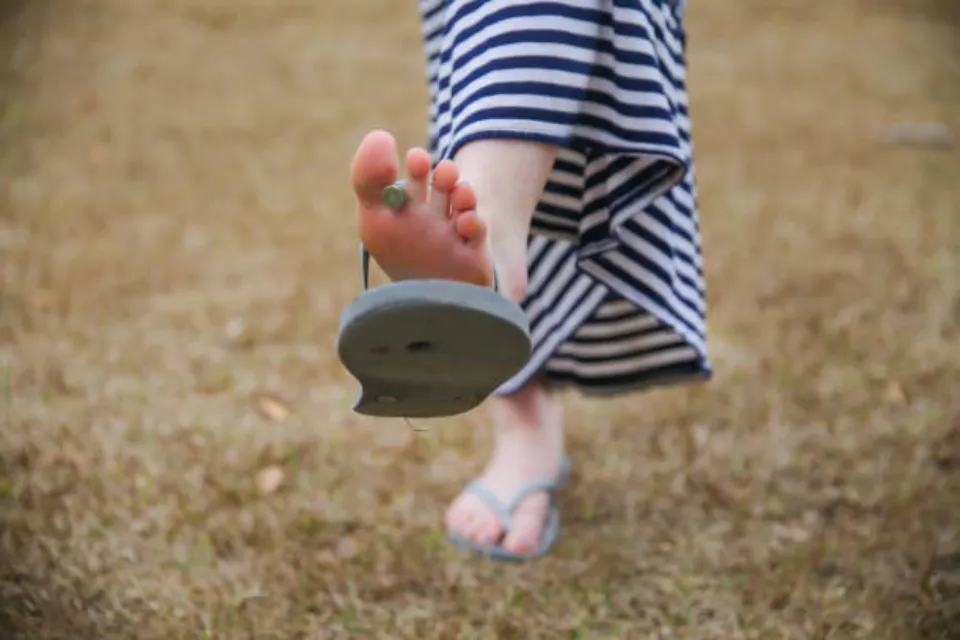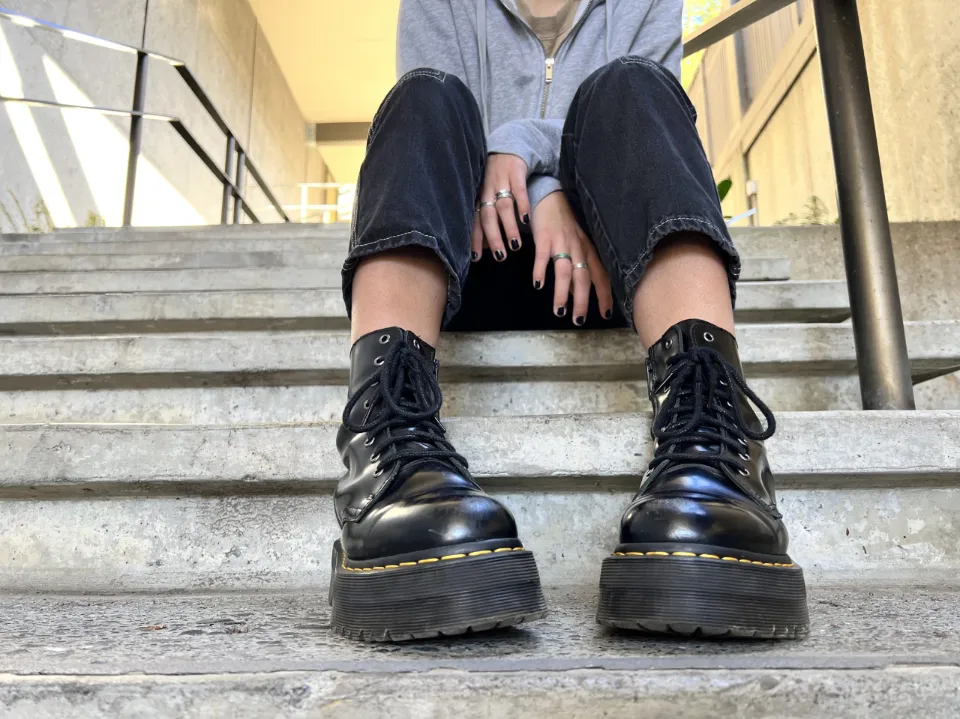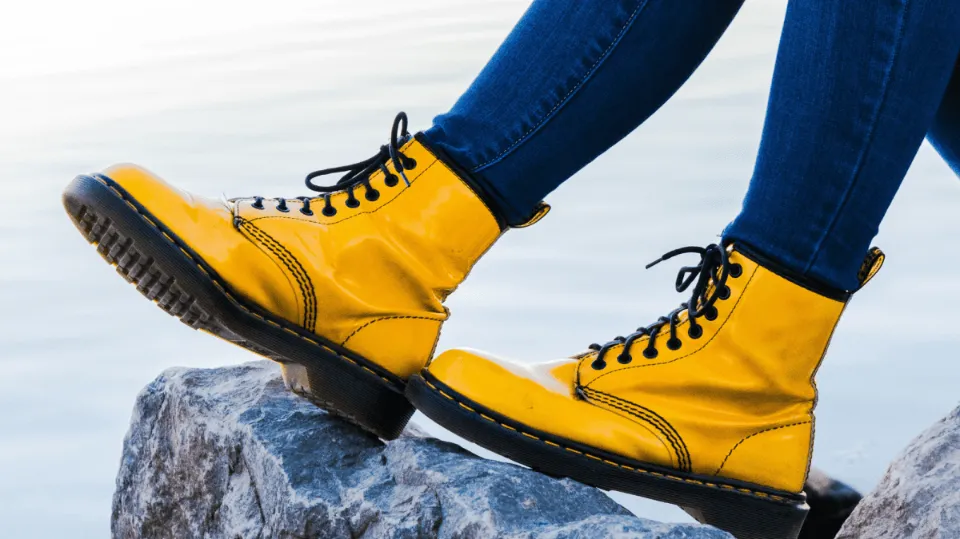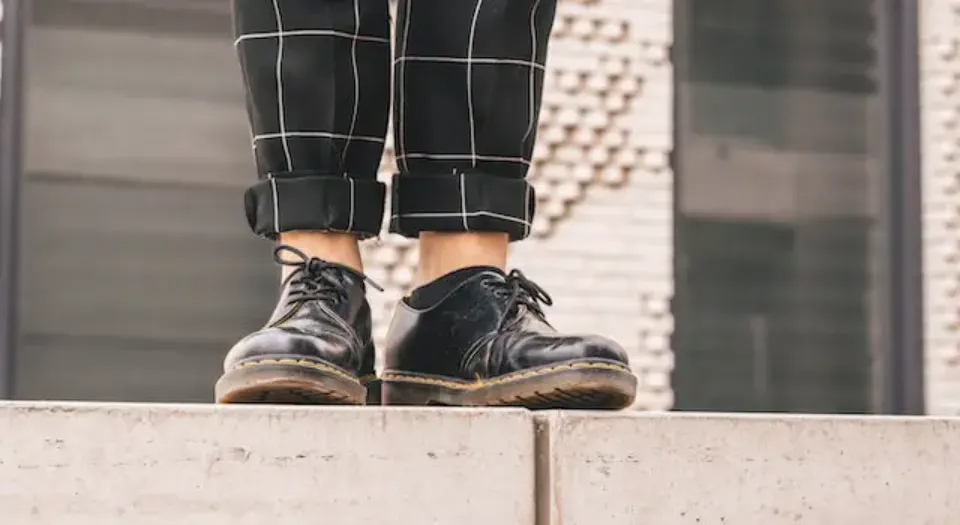The summer is the perfect time to let your toes go and replace your winter boots with flip flops. But what if your flip flop is broken, how to fix a broken flip flop?
Throwing away your favorite flip flops too soon. To find out how to fix your broken slippers with just a few adjustments, keep reading for some quick tips and tricks.
Why Do Flip Flops Break?
Most flip flops consist of a flat piece of rubber or leather and a thin, toe-thong. Between your big and second toes, that strap should go. Your toe holds the flip flop close to your foot as you walk by grabbing the base of it with a claw-like motion.
The entire force of motion generated by each step is absorbed by the thong strap. In higher-quality flip flops, the strap is molded to the base of the shoe.
They last longer and break less frequently. The thong is inserted into a hole in the flat base of other flip flops.
These flip flops are typically made of rubber, plastic, and other synthetic materials that are more prone to snapping.
Related Posts:
How to Fix a Broken Flip Flop at the Plug?
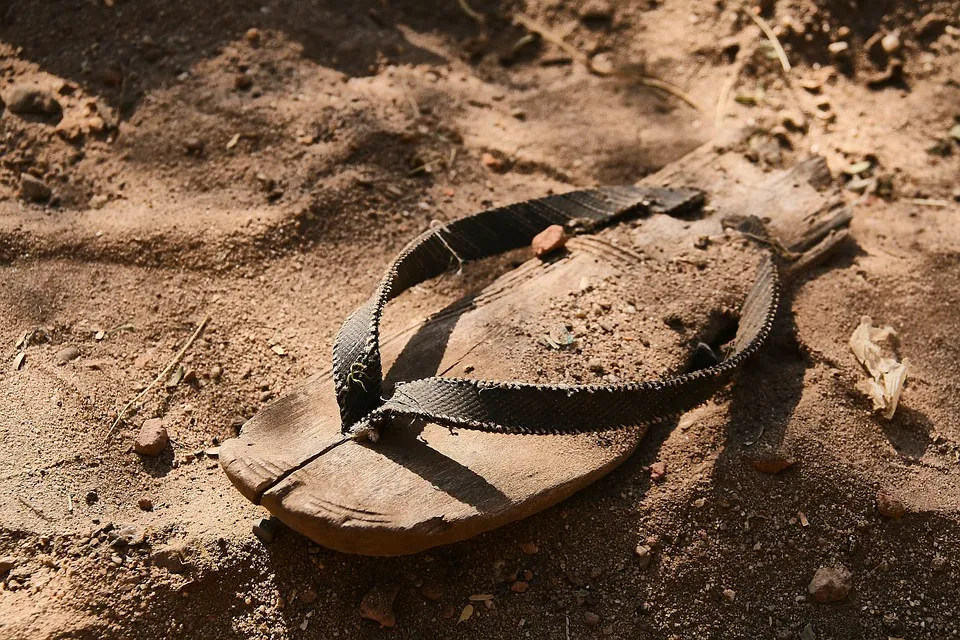
Even if you followed all the above tips to prevent breakage, you could still have a freak accident and accidentally ruin your flip flop — after all, anything is possible. So, if you somehow find yourself with a broken flip flop in your hand, worry not. There are still many things you can do.
Here are some quick tips on how to fix a flip flop at the plug long-term:
1. Bread Tags and Flat Washers
This method can be used to fix broken flip flops while you’re on the go and is fairly effective, but only if you carry bread tags with you most of the time.
Once the plug has been reinserted into its hole, press down on the central stem to make it visible from the sole of your slippers.
Between the plug disk and the actual sole of the stem, secure the tag. This basically strengthens the plugging mechanism in your sandal, making it more challenging for the plug to accidentally fall through the hole in the future.
You can use a metal flat washer in place of your bread tag if you want to make your repair look a little more polished.
Just squeeze the disk through the washer after you’ve already inserted it through the flip-flop’s hole so that it ends up next to the bread tag.
This alternative is a little more expensive, but it is also a lot more resilient. This may be the best course of action if you have a favorite pair.
2. Paper Clips and Safety Pins
Another method would be to stop the stem of the plug from moving inside the hole, which is where paper clips come in. This would prevent the plug from slipping back through the hole instead.
While leaving some of the metal protruding from either end, straighten the paper clip and insert it through the stem of the plug on the sole of your slipper.
When these ends are inserted into the hole’s walls, a kind of bar holds the stem in place.
Before inserting the clip into the hole, it is helpful to have someone put on the slipper so you can gauge how much room to leave for your foot.
Aluminum wire is another option if you want something a little more durable. There is no trial and error in this situation, though.
Once it’s securely tucked inside your flip-flops, trying to take it out to make any adjustments will only result in tearing the hole.
3. Hair Ties
If the plug hole has widened due to repeated use and that is why your plug is slipping through, you may need to redesign the holding mechanism as a whole.
Start by cutting the base of the flip flop strap off and tying a loop around the strap with one hair tie by essentially folding it over the strap and then pulling one of the ties through the other. The extended loop that results should then be inserted through the plug hole.
However, this knot won’t hold by itself, so keep a pencil close by to loop the knot around.
Once the second hair tie is prepared, remove the placeholder (pencil or other piece of stationery) and thread the second hair tie through the loop created by the first one.
To fasten the second one, knot it as well. After it is in place, add a second or third knot to create a ball that is slightly larger than the hole it is intended to fill. The plugging system in your slippers should now be renewed.
Remember that this trick only works on wide, loose plug holes so that the hair tie knots can fit in them comfortably.
If you try to use this for a minimally worn flip flop, the knot will jut out from the bottom of your sole and make for a very uncomfortable walking experience.
Also Read: How to Clean Flip Flops?
How to Prevent Flip Flops from Breaking?
It’s important to remember that while these fixes work, they aren’t meant to be permanent. But they will keep your flip flop intact until you’re able to switch them out for another pair of shoes.
Here are some tips for preventing flip flop breaks in the future:
- Get the right fit: If your flip flops are too big or small, your foot is going to shift around more than usual to keep the flip flop on. As a result, the center strap experiences more wear and tear and is more likely to break.
- Switch up your style: Flip flops that have multiple cross-straps or a strap around the ankle are more durable than those that have a single t-strap. Flip flops with more straps will not only be less likely to break, but they will also stabilize and support your feet better.
- Invest in a high-quality flip flop: Flip flops made of better materials won’t crack as easily as those made of plastic or foam. To further prevent foot pain, they offer a better fit and more support.
Conclusion: How to Fix a Broken Flip Flop
That’s all there is to it! Follow the above tips to make sure your flip-flops have the longest possible life span, absolutely free of breakage.
The next time you trip on a walk, you’ll know with confidence it was a pebble or a crack and not your flip flop giving up on you.
You Might Also Like: How to Decorate Flip Flops?
FAQs
How Long Should Flip Flops Last?
Depending on how and where you use them, flip-flops can last 3 to 6 months of continuous use.
When Should You Throw Out Flip Flops?
Similar to changing your toothbrush, do so every three to four months.
Is It Bad to Walk in Flip Flops Every Day?
Long-term use of flip-flops increases the risk of foot pain, discomfort, and other physical aches and pains.

